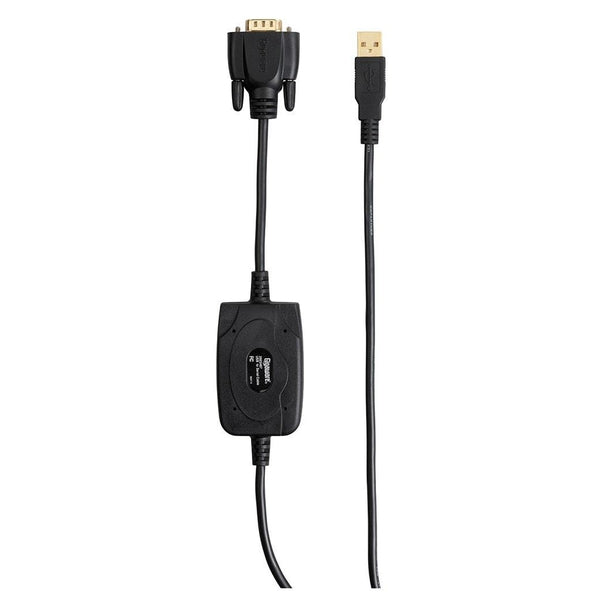
Old Macs with a mini-DIN 8 connector used a 85C30 SCC (serial controller chip) which have both asynchronous and synchronous modes and allowed external clocking.Ĭhanging the "SuperIO (Serial)" setting in BIOS appears to change bit 0 of IOST in the DSDT. A digital phase locked loop is used to get the timing of received bits. In the case of RS-232, RS-422, etc., this means a start bit and one or more stop bits. UAR = UART = universal asynchronous receiver/transmitterĪsynchronous means there is no shared clock between devices (they have to agree on a bit rate) and some form of data framing is required. Vendor is PNP, device is 0501 (actually PNP is not a vendor it's used for devices that don't have a EISA ID or defines a compatibility device)

In Windows, the COM1 port is at path ACPI\PNP0501\0 The Z170X Gigabyte Gaming 7 motherboard uses the IT8628E I believe it is because of a kernel panic that may occur at startup (which I have experienced and fixed). Many guides say to disable Serial Port 1 in Super IO Configuration without explaining why. I have my serial port working in Mac OS X, and I am posting here my experience with that. This is no longer an issue with macOS Sierra 10.12.x.

This thread relates to a crash that may occur in Mac OS X El Capitan 10.11.x or earlier with some motherboards that have a serial port. Building a CustoMac Hackintosh: Buyer's Guide


 0 kommentar(er)
0 kommentar(er)
